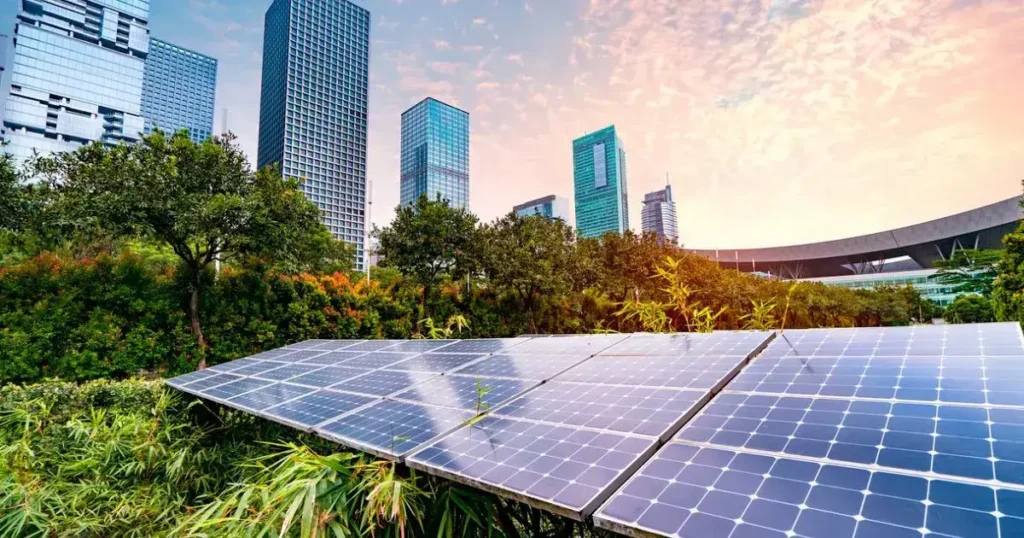How do we make Kenya’s cities greener and friendlier places for all residents and dwellers and how do we ensure that the systems we put in place and the infrastructure we build is sustainable?
This is an important question now that Kenya has four cities and Thika municipality has already indicated that it is keen on being inducted into the hall of cities.
First, it will be important for policy makers at county level to have a co-ordinated approach to infrastructure development so that roads, railways, electricity, cables and others are seamlessly interconnected. This way, regions adjoining the cities can be better accessed by all, not just motorists, as one way of making the expanding urban areas more livable.
In other countries, pedestrians, cyclists and motorcyclists are factored in the grand design of cities. For far too long, the infrastructure design in Kenya’s urban centre has been vehicle-centred but as the urban population expands, this needs to change to accommodate diversity.
Another critical element in the future design of cities revolves around waste management. With the three Rs having been increased to five — Refuse, Re-use, Recycle Re-think and Reduce — policy makers will need to embed these new elements in their design thinking.
Numerous challenges
Urban areas face numerous challenges, particularly on how to remain clean and green, and how to reduce the eyesores that have been second nature especially in slums and central business districts that have a problem with garbage collection and disposal.
A model like that adopted by Nakuru County can be used as a template that can guide future planning. The Nakuru County government has created 96 garbage collection zones and privatised them.
Households in each of these zones pay a fixed amount based on size, and the garbage collectors in turn pay the county government to disposal the waste in designated disposal areas. As a result, garbage collection has become a leading source of revenue, rather than heartache, for the current administration.
The other aspect that will be mandatory for future city administrators revolve around land use. Unfortunately, homes are taking up agricultural space, meaning that the acreage under good is diminishing by the year.
Returns from real estate have compounded the challenge, obviously because they are way higher than income from agriculture. The result is that productive land is increasing being converted into residential areas. This is clearly evident in places like Kiambu and Murang’a county, where flats have replaced avocados before administrators could say “plant”.
Disposal of wastewater
As a result of such developments, some of which are not meticulously planned, many emerging urban areas are facing a challenge with disposal of wastewater, not to mention the collapse of infrastructure for rainwater harvesting. It is, therefore, not surprising that many homes — especially in poor neighbourhoods — routinely become flooded even when such areas experience light showers.
A model needs to be enforced for property developers to embrace rainwater harvesting and use technologies so that the challenge of runoff becoming a menace, particularly in low-laying residential areas, can be addressed sustainably.
Thankfully, there is no shortage of expertise, both in the devolved governments as well as in community-based organisations. At the advent of devolution, the quality of county workers was degraded but this has been changing over time, with counties now attracting high quality managers. The next step remains marketing their ideas, policies, programmes and development blueprints to the public for buy-in.
Finally, as more industries come up in urban areas, managers will need to closely monitor the quality of air and take measures that will mitigate against pollution.
Nairobi and several other counties are already carrying out air quality monitoring but there is need to follow this through with systems that incentivise solution providers and slaps sanctions against offenders.
mbugua@nairobilawmonthly.com


